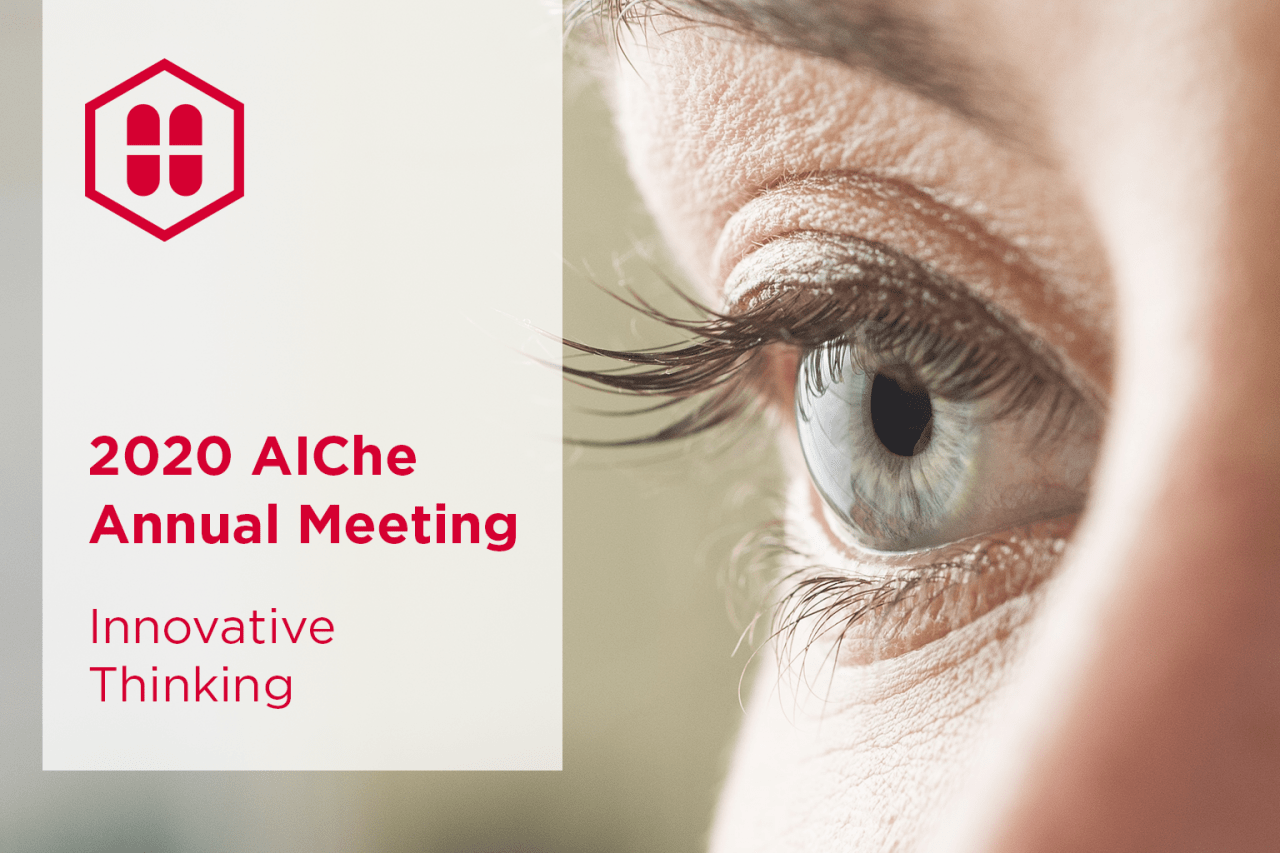Press Room
2020 AIChE Annual meeting

Meet Hovione Scientists virtually at 2020 AIChE Annual Meeting and find their exciting presentations on the latest research and innovations:
Date: November 16th, 2020
|
Title: Reaction Kinetic Model Application to Speed up Development Session: Predictive Scale-Up/Scale-Down for Production of Pharmaceuticals |
|
Title: Inverse Gas Chromatography (IGC) of Pharmaceutical Powders: Session: Advancements in Particle Engineering and Material Sciences in Pharmaceutical Process Development |
|
Title: Liquid-Liquid Extractions in API Manufacturing Processes: Is Continuous the Way to Go? Session: Continuous Processing in Drug Substance Development and Manufacturing |
Date: November 17th, 2020
|
Title: Modelling Amorphous Solid Dispersions: The Role of Supersaturation, Nucleation and Crystal Growth Session: Integrated Design for Drug Product Processes |
Date: November 18th, 2020
|
Title: Coupling Reaction Kinetics, Calorimetry and Mixing Studies for Successful Scale-up of Exothermic Reactions Session: Mixing Scale-Up and Scale-Down Issues in Pharmaceutical Processes |
Date: November 19th, 2020
|
Title: Teaching Computers to Interpret Mdsc Thermograms Session: Pharma 4.0: Process Analytical Technology and Modeling |
Date: November 20th, 2020
|
Title: Leveraging Hollow Fibre Membranes and High Boiling Point Organic Solvents in the Production of Enteric Amorphous Solid Dispersions Session: Particle Engineering in Dissolution Enhancement |
|
Title: Insight into Amorphous Solid Dispersion Dissolution Behavior: Laser-Diffraction and Raman Spectroscopy Holding Hands Session: Particle Engineering in Dissolution Enhancement |
Schedule a meeting with our experts
We will work together to ensure successful scale-up even with the tightest development timelines

